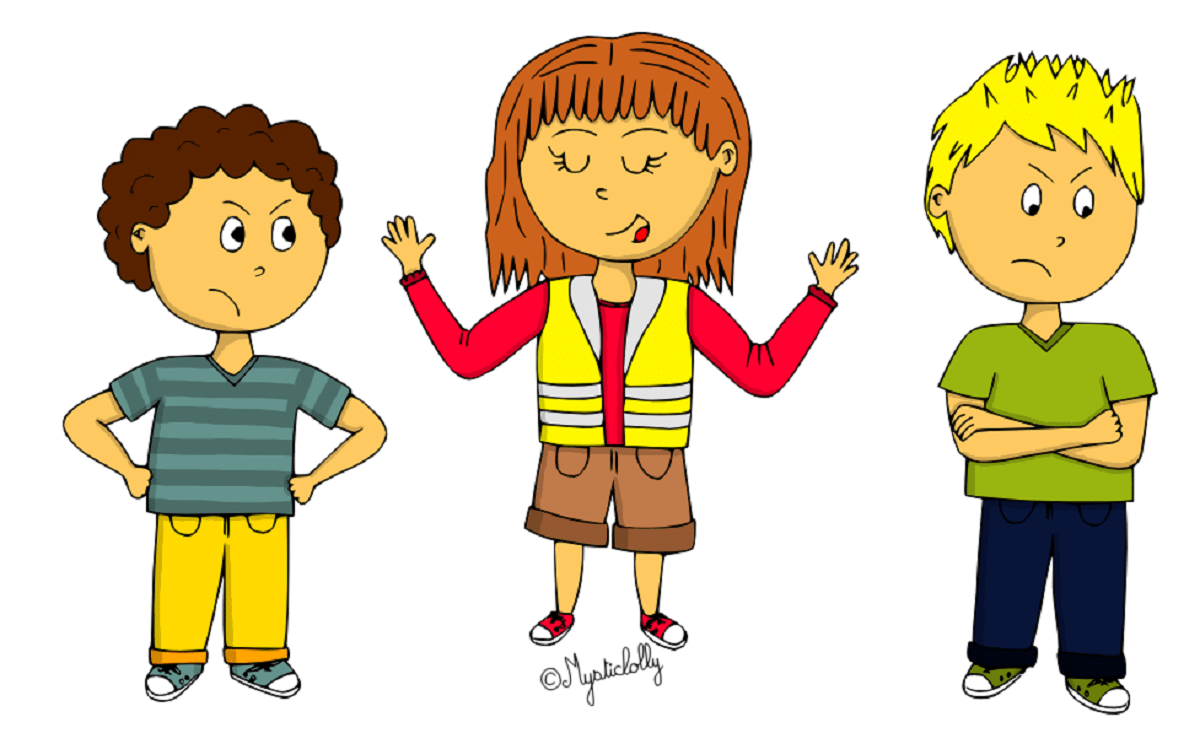
As our son grows, he will realize, sadly, that not everyone around him loves him well. Y you will have to learn to defend yourself against aggressions, whether physical or verbal. You also learn to defend yourself, we indicate some tips and tools for you to teach your child to defend himself, without violence.
And it is that sometimes we confuse defense with violence, and we respond in the same way in which they attack us, thus creating a spiral that rarely leads to anything. That's why it's so important teach to replicate, defend oneself, maintain integrity and dignity, and manage all the emotions that feeling attacked has.
How to teach a child to defend himself?

The first thing is to teach him the basic values and remind him that violence should not be part of the defense. It is convenient for the child himself or herself to learn to defend themselves, without resorting to an adult to do so, but to feel supported by them, and recognized in the value of having defended themselves. Making yourself respected among peers generates self-esteem.
La patience is a very useful tool as a defense. Although the little ones are more direct and emotional, it is advisable that in a provocative situation they remain calm. You know, that old advice from before you got angry count to 10. It serves on offense.
To teach our son to defend himself we must know the origin of the attack. We have to give him clear answers and guidelines for behavior, so that the child absorbs them and repeats them on different occasions. It is important that the child does not get carried away by the situation, that he or she is confident and tries to clarify the discrepancies with firmness and dialogue.
More tips to help a child defend himself

It is essential that the child learns to defend himself, but not to attack. Almost always a cruel child who treats another badly, is because someone is being it first with him. If you teach your child to attack those who attack him, it will only increase the violence. Is better try to understand the behavior of others to do the same.
Sometimes it happens that there is no real attack, but it is the boy, or girl, who feels ignored by playmates, does not find its place within a group of children. Which in turn provokes his anger. In this case, to defend against these unconscious attacks, you can let the child have something that encourages interest in others. This way you will be able to integrate.
If it is no longer about little children, but the attack is coming at school with mockery and insults, we must know how to give it the importance that corresponds according to the case. Talk to your child, praise him for sharing his emotions with you, and discuss the problem together. In these cases, ignoring the attacks, and not entering the rag is usually the best defense. If the situation does not pass, or is going to over, it will be time to go to the study center.
Teach to say no and have children set their limits

Learning to set limits and say no is one of the great learnings. If as mothers we understand the need to educate with limits, better if they are few and clear, boys and girls should also know how to set them. Around three years old, children must learn that they can say no to an unpleasant situation. They will have the strength of the word to make it clear that they do not want to be hit, pushed, beaten, mocked, rejected, etc.
To teach her to say you won't have to practice with her or with him. For example, you can ask him, in a specific way, what you do when at recess and your friend XXX pushes you. Listen to their response. Almost all boys and girls respond in the same way: they also push him. It is time to explain that it can act differently. What can you say to your friend: Don't push me, I don't like what you've done to me.
First Be a model yourself and assertively say no. Put a serious face, with a forceful voice and a firm body gesture. Then tell your son or daughter to imitate you. If he uses a tone that is too weak, help him pull the force down his throat by touching his tummy. If, on the contrary, he uses an overly aggressive tone or gestures, teach him that the strength is in his words. Practice it several times at home with everyday examples, it will be the best.